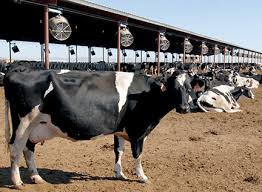Mealie-meal readily available: CCZ
THE Consumer Council of Zimbabwe (CCZ) has said surveys indicate that grain and mealie-meal are readily available in both the formal and informal markets, with the consumer watchdog expressing appreciation to efforts by the Government and all key stakeholders, in ensuring consumers have access to abundant grain despite the serious drought that has hit the whole of Southern Africa.
Chief Executive Officer/ Executive Director, Mrs Rosemary Chikarakara-Mpofu said current surveys on the availability of grain and maize meal showed that the products are available.
“Mealie-meal is readily available on the market, both formal and informal markets. In major retail shops such as OK Zimbabwe, a 10kg bag of roller meal is going for US$6,15 while Pick n Pay is selling it for an average price of $163,700. 00 a major drop from last month’s price of $193, 000.00, showing a great improvement in volumes of supply and also a reduction in the price of mealie-meal.
“In the informal market, the tuckshops and vendors are selling a 10kg bag of roller meal at US$5,00, while street vendors are selling a bucket of maize (20kg) at US$10,00.”
Last week, Information, Publicity and Broadcasting Services Minister ,Dr Jenfan Muswere said the Government is buying maize at US$390 per tonne for the 2022/23 season, as it consolidates an ongoing mop-up exercise aimed at supporting national food security and sustainable agriculture.
Last season maize was selling at US$335 per tonne.
“The Government of Zimbabwe reiterates its announcement on the implementation of a special initiative to mop up excess grain stocks in the country. As part of this initiative, the Government set the purchase price of maize at $390 per tonne (for the 2022/23 season).
“The decision to establish a purchase price of $390 per tonne is aimed at incentivising farmers to sell their surplus stocks to designated grain collection points across the country.
“By providing a competitive price, the Government seeks to facilitate the orderly sale of excess grains, thereby preventing wastage, reducing post-harvest losses and promoting market equilibrium,” he said.-chronicle









